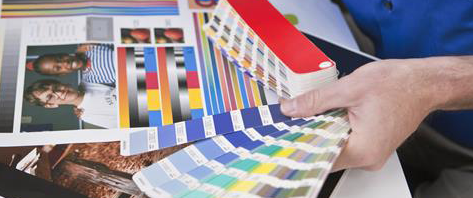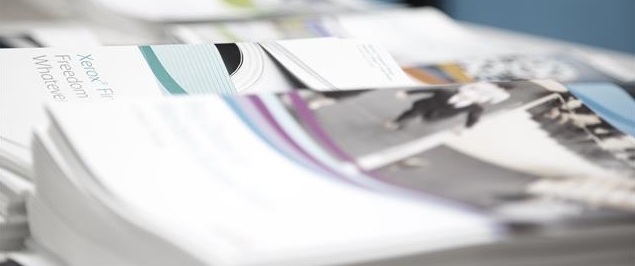If you’re one of the millions of business owners still relying on print as part of your marketing mix, give yourself a pat on the back. Contrary to what the SEO companies of the world have tried to tell you, print is alive and well, and spelling success for businesses across the globe. But for millions of businesses, it’s more than just a means of communication; it’s an important step in quality assurance, and an essential part of the creative process.
Print: It’s Here to Stay
Forget the blogger buzz: extensive research continues to show that print is an integral part of your marketing mix, with 70% of Americans reporting that they prefer to read both print and paper communications instead of relying exclusively on digital. Print forms a connection between brands and customers because it appeals to the senses – it allows for a tactile connection you can’t create with any other medium.
But what about creative companies, for whom the imagery itself is their product?
A Means and an End
In a direct mail campaign, the printed piece your clients will hold in their hands may be the only chance you have to make an impression. The quality has to be exemplary. You achieve that result with excellent design, but also with outstanding print quality. But what about billboards? Business cards? Television commercials and other mediums? Would it surprise you to know that print is an integral part of assuring quality across nearly every marketing medium employed today?
In recent years, the creative industry has reached a global agreement on color perspective. Print is an essential means of providing color management and consistency across every platform. No matter how great your colors look on the screen, if your printer isn’t calibrated properly or isn’t the best in quality, those colors just won’t look right in print. Whether you’re printing a direct mail piece or designing a logo that will be placed globally, this presents an enormous challenge, and a serious roadblock on the path to quality assurance.
Getting it right the first time saves both time and money. Getting it right the first time means printing it out, and choosing a printer you can count on to do the job.
The Proof is in the Print (and the Printer)
The North Agency was part of a case study on the Phaser 7800. The results clearly showed the difference a quality printer makes in creating a consistent finished product – one you would trust to represent your brand. The true 1200×2400 dpi resolution and PANTONE approved solid-color simulations allows designers to see a clear contrast in shades of the same color, as well as more specific color variations and tonal differences, providing accurate color that meets the industry standard. That means fewer revisions, and more focus on the creative process itself.
ARVE Error: need id and provider
And there’s more. The Phaser 7800 can also produce large scale prints – the North Agency specifically noted its ability to produce and 11×17 bleed – and print on heavier cardstock, giving the designer the opportunity to see products like business cards as they’ll truly appear. Prints produced by the Phaser 7800 accurately reflect the color resolution of a finished product, even on pieces as large as billboards.
There’s also the ease of use in the machine itself. With the Phaser 7800, Xerox is making technology work for creative people. Its intuitive design and simplicity of use make it easy for even non-tech savvy people to operate. It also means moving ever-more of their printing in-house, saving time, saving money, and making life easier all around. From mock ups to client presentations, the Phaser 7800 is making it easier than ever before to get the job done, and to get it done right the first time.
Print matters. So does the machine you use for the job. When it counts, print it out.
Ready-made Tweets, hot off the press:
Tweet: When it counts, print it out. Why we’re still relying on print.
Tweet: Think print doesn’t matter? Think again. Surprising facts you need to know.
Tweet: In-house printing: why it might be one of your best investments.




I couldn’t agree more. Print is here to stay. I have tried it myself, bought a tablet and try to not use print. First and foremost all supermarket shelves would be empty. I could go an and on about prints we unconsciously used everyday but I won’t bother. The conclusion is print when you have to.
Thanks for the feedback! We’re on the same page – when it counts, print’s the way to truly to make a lasting impression.